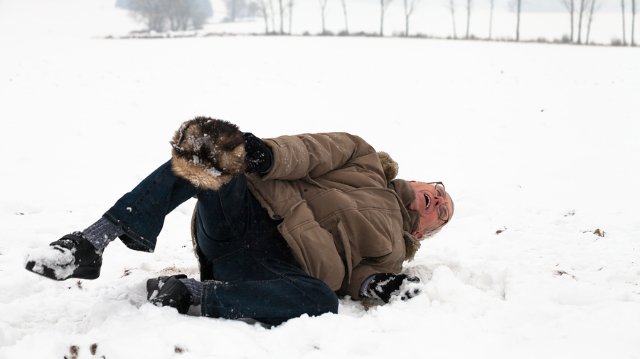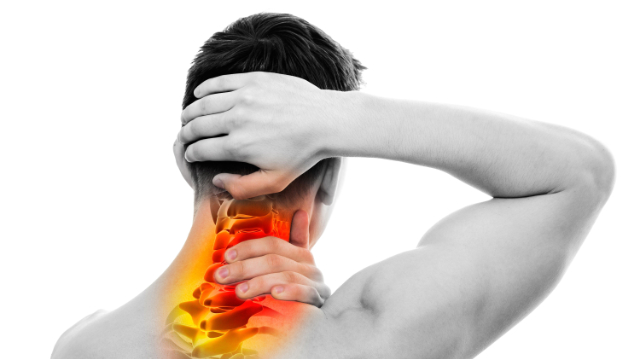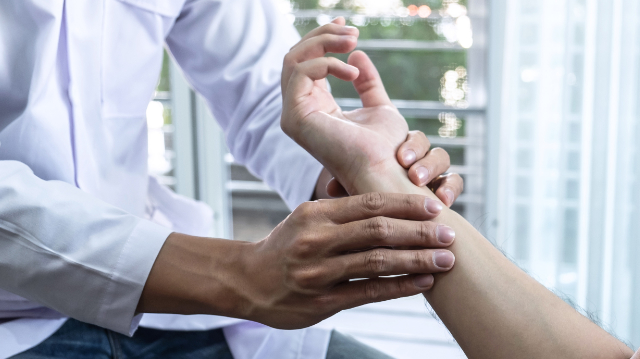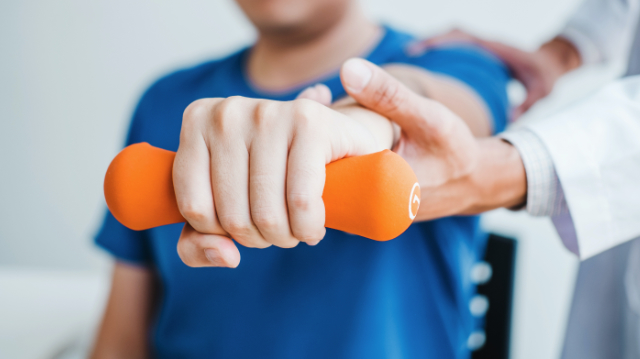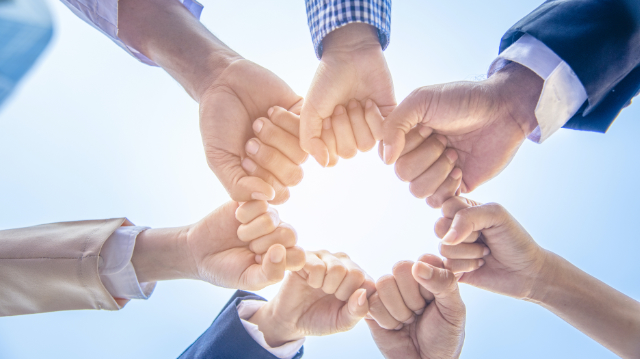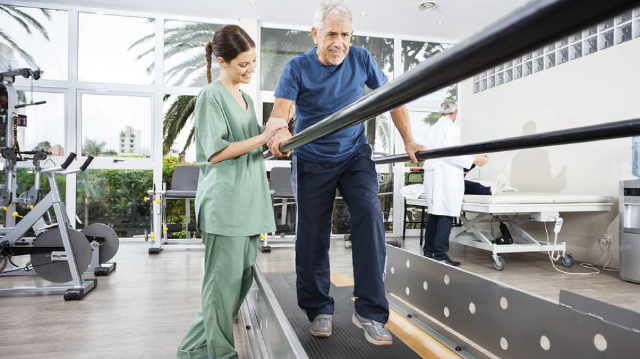
Falls are scary, and they can be disabling in a variety of ways. Directly, they often result in injuries that can make it difficult to move and function normally. Indirectly, they can create a significant fear of falling in many individuals, which in turn leads to less movement and activity that can further increase the risk for another fall. Whichever way you look at it, falls can truly interfere with the lives and independence of older adults.
That’s why if you or someone close to you is considered at–risk for falling, you may be interested in learning how to lower this risk. As we explained in our last post, there are several steps you can take independently that will help to reduce your fall risk, such as exercising regularly and ensuring that you’re using the correct technique when transferring from sitting to standing or walking with an assistive device. But if you want to take fall prevention to the next level or if more hands–on help is needed, the most direct and effective solution is for you to see a physical therapist.
Physical therapists are human movement experts who specialize in finding ways to help patients move more effectively and confidently. As such, they are perfectly equipped to identify which older adults are at risk for falls and then guide them through personalized interventions and help them make lifestyle changes that will improve their health and reduce their risk for falls.
From screening, to assessment, to prevention
The first step of this process is for physical therapists to determine whether an individual is at risk for falling. This is done by an initial screening, which can be given to anyone aged 65 years or older or with a balance disorder. One component of this screening will be to answer the following three questions:
- Have you had 2 or more falls in the last 12 months?
- Have you fallen recently?
- Do you have any difficulty with walking or balance (the therapist will also perform an examination to determine if these deficits are present)?
If the answer to any of these questions is “yes,” then the patient is considered to be at a “high risk for falls.” From there, a much more thorough assessment will be performed, which will include a detailed interview about what medications the patient is taking, their fall history, and a physical examination to evaluate balance, strength, mobility, and other factors. This assessment allows the physical therapist to more accurately understand the true risk for falls and the impairments that need to be targeted in each patient.
Based on these findings, the therapist will then create a personalized fall–prevention program that the patient will begin immediately. Every program is therefore unique according to the patient’s specific impairments and abilities, but research has shown that the best prevention strategies include a variety of different exercises, particularly those that aim to improve balance and strength. As patients repeatedly perform these types of exercises, their reaction times will become more automatic, which will consequently reduce their risk for falls. Part of the program will also involve recommendations to regularly engage in physical activity, which—as we’ve explained—will boost fitness levels and further reduce one’s risk for falls.
Lastly, the physical therapist will educate patients and provide specific instructions on how to reduce or eliminate hazards in the home environment and elsewhere. Below are some of the most effective tips:
- Conduct a walkthrough of your home—or have a friend/family member do it—to identify possible hazards that may lead to a fall, then make necessary changes
- Install handrails on both sides of all stairways, avoid clutter and putting any items on the
floor, remove throw rugs and make sure your home is well–lit - In bathroom, use nonskid mats, a raised toilet seat and grab bars as needed
- Get your eyes checked once a year, and get adequate calcium and vitamin D
- If you’re taking numerous medications, learn the side effects and if there are any
interactions that can increase your risk of falling - Wear shoes with nonskid soles and consider using Velcro or Spyrolaces
- Take your time, be patient and ask others for help with difficult or risky tasks
While the power to prevent falls is ultimately in your hands, seeing a physical therapist will be extremely helpful for guiding you on the most important changes to make in your life and to identify the safest approach to keep you on your feet. In our next post, we review a study that shows how effective an exercise–based prevention program can be for older adults at risk for falls.

